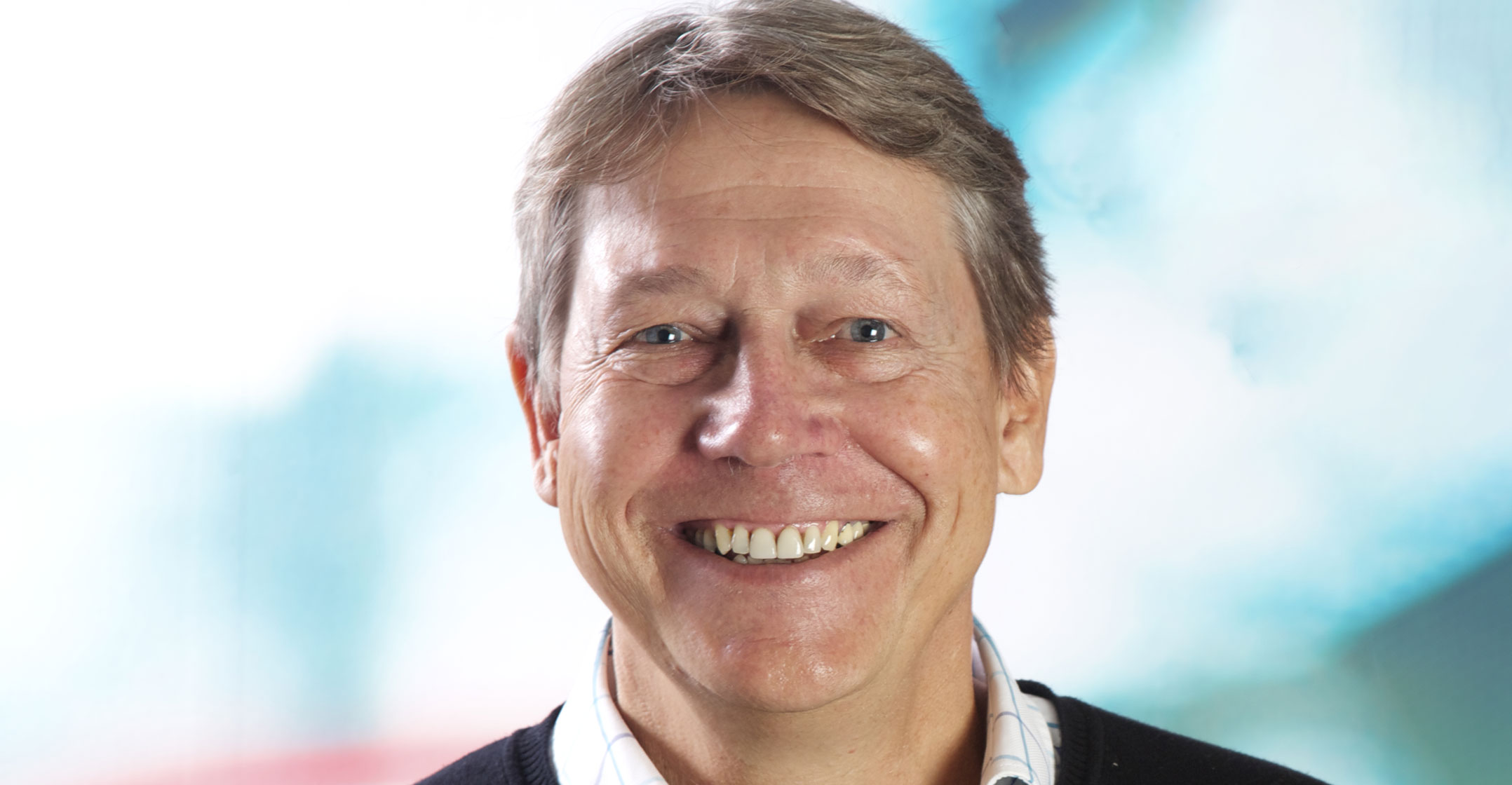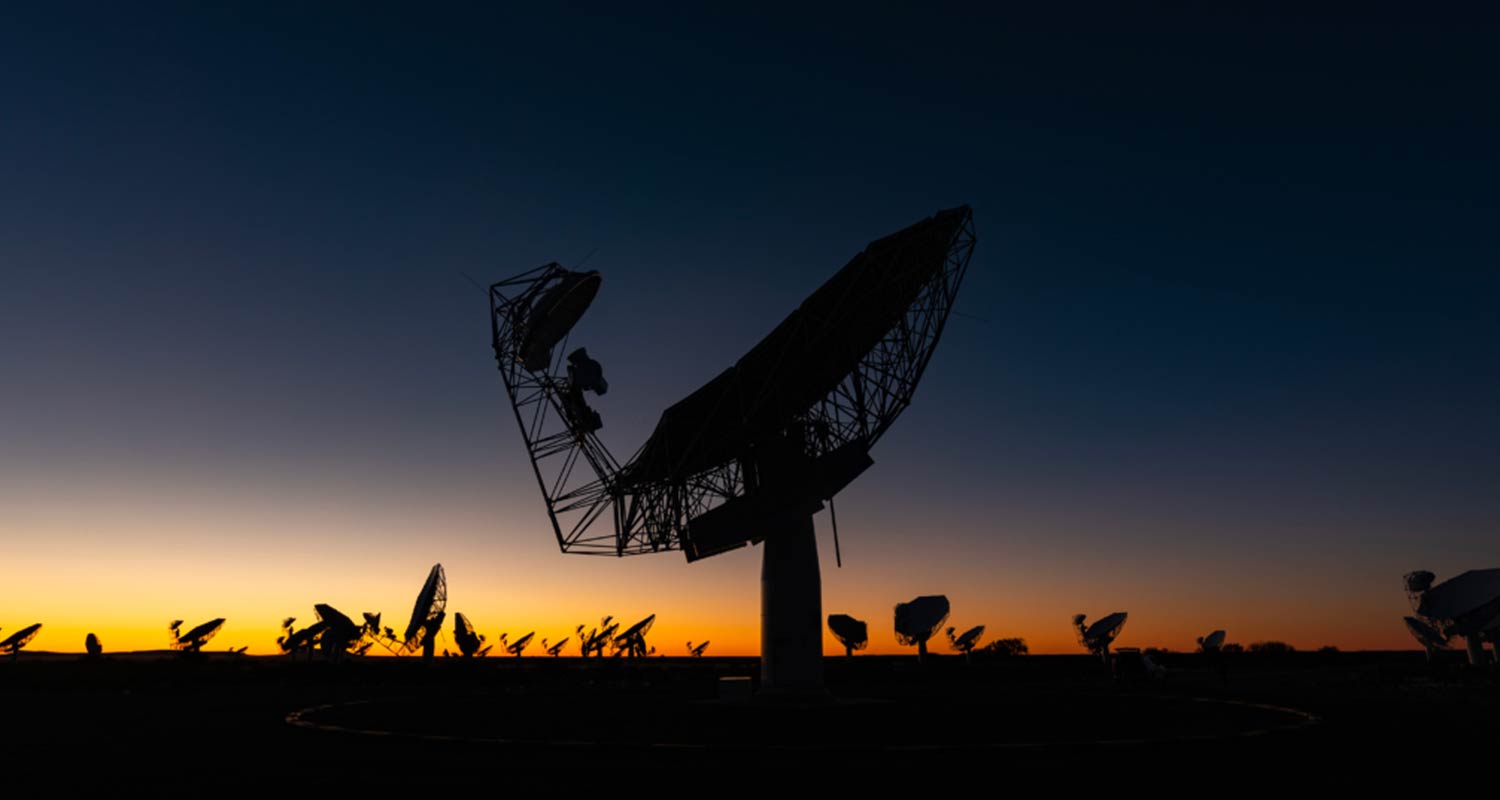
South Africa is an important global player in astronomy, with optical and radio astronomy centres near Carnarvon, in the country’s sparsely populated Northern Cape.
But local communities who live around the radio astronomy project, known as the Square Kilometre Array (SKA) radio telescope, have had to pay the price: losing their connectivity.
Now a partnership between Altron Nexus and Telviva has reconnected local community members, farmers, SKA staffers and emergency services.
The South African Radio Astronomy Observatory (Sarao), a facility of the National Research Foundation, manages all the radio astronomy initiatives in the country, including the SKA. Radio astronomy requires radio silence for frequencies above 200MHz and for facilities to be built in remote, high-lying regions.
Terrestrial radio signals interfere with the signals received from deep space, which could place the science reshaping our understanding of the universe at risk. However, radio silence means just that: all radio frequencies that interfere with the telescope are banned, including cellphone networks and devices that produce radio waves.
In a region where there are no Telkom lines, the implication is that outside the confines of small towns where cell coverage is permitted, there is nothing except satellite to communicate. This means communities are unable to communicate, or respond to emergencies such as wildfires, crime or other emergencies.
Invisible
A few years ago, Sarao enlisted Altron Nexus to provide a solution. The company builds infrastructure that can facilitate radio communication in a small frequency band that is invisible and inaudible to the telescope.
Nexus Western Cape head Deon de Villiers said: “We were requested to develop and provide a two-way radio network for the SKA and the surrounding community to replace the GSM (mobile) networks and transmit below 200MHz.
“Over the past five years, we have built infrastructure that includes four high sites in the towns of Williston, Brandvlei, Vanwyksvlei and Carnarvon that serve SKA staff, farming communities, municipalities, emergency services and disaster management.”
He said the next phase of the project needed to pivot off a two-way radio network and provide users with the ability to make and receive phone calls to landlines and cellphones anywhere in the world. By integrating a middleware software solution, this was made possible.
“The infrastructure – the towers – are connected to a main switching office in Johannesburg, and from that platform we break out into the Telviva platform, which provides telephony connectivity to the rest of the world,” he said.

De Villiers explained that each user needs their own direct inbound number and not just a general group number. Telviva manages the platform and provides prepaid voice contracts. Cognisant of the importance of being connected in case of emergencies, Telviva CEO David Meintjes said the system is managed proactively, and if a user is running low on voice credits, they are alerted.
De Villiers said the impact on the farmers and surrounding communities has been profound and immediate. “Because there is no GSM coverage between towns, it meant that if there was an emergency, a breakdown, a fire or a farm attack, there was no way to call for help unless there was satellite access. The two-way radios and the ability to call anyone anywhere in the world have drastically changed that and reconnected the community.” — © 2023 NewsCentral Media




